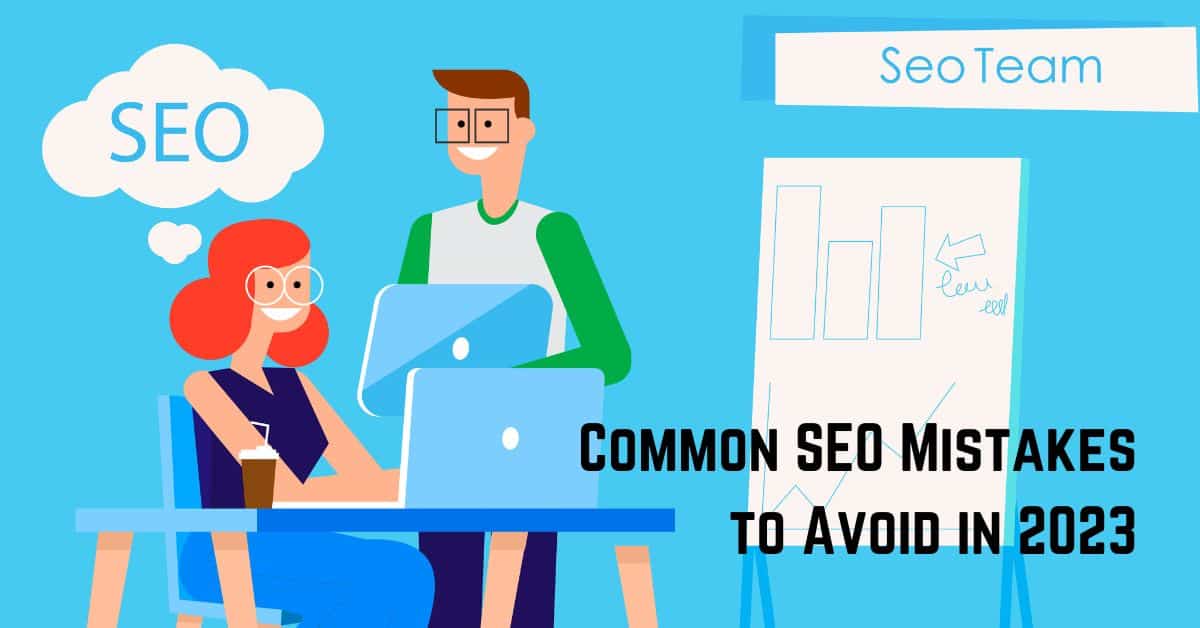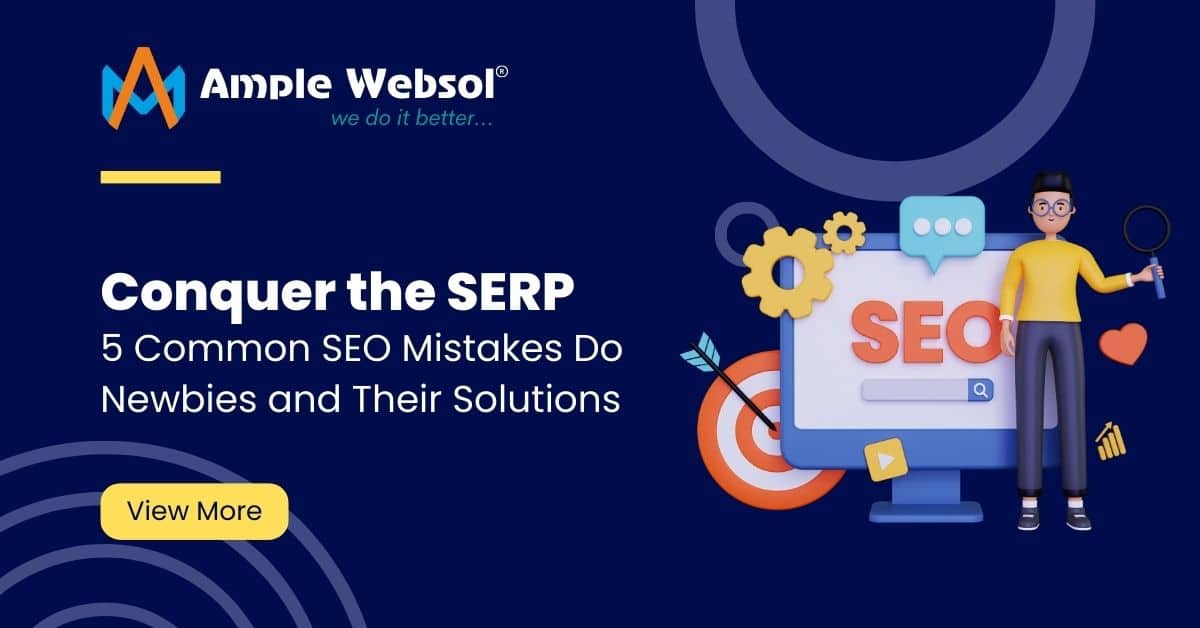In the digital age, the success of any business heavily relies on its online visibility.…

Common SEO Mistakes to Avoid in 2023
Let’s Discuss About Some Common SEO Mistakes to Avoid in 2023
Search engine optimization (SEO) is critical to a website’s success, but it can be challenging to keep up with the constantly evolving landscape. In 2023, it’s more important than ever to avoid common SEO mistakes that can harm your website’s search engine rankings.
Here are some common SEO mistakes to avoid:
- Keyword Stuffing: Overusing keywords in your content is a common SEO mistake. While keywords are crucial for optimizing your website, stuffing them into your content can be detrimental to your rankings. Instead, use keywords naturally throughout your content and focus on creating quality, engaging content that satisfies user intent.
- Ignoring Mobile Optimization: With more than half of all website traffic coming from mobile devices, ignoring mobile optimization is a critical SEO mistake. Make sure your website is mobile-friendly, with responsive design and fast load times.
- Duplicate Content: Having duplicate content on your website can hurt your SEO efforts. Make sure your content is unique and original, and avoid copying content from other websites.
- Neglecting Backlinks: Backlinks are crucial to a website’s search engine ranking. Neglecting them can be a critical SEO mistake. Make sure you’re building quality backlinks from authoritative websites to boost your website’s authority.
- Neglecting User Experience: Prioritizing user experience is essential for SEO success. This includes fast load times, easy navigation, and engaging content that satisfies user intent.
Conclusion:
In conclusion, avoiding common SEO mistakes is essential for a successful website in 2023. By focusing on quality content, mobile optimization, backlinks, and user experience, you can improve your website’s search engine rankings and stay ahead of the competition. Remember, SEO is a constantly evolving landscape, so it’s essential to stay up-to-date with the latest best practices and techniques.
Explore our Services!
Website Development Company in Vadodara, Digital Marketing Company in Vadodara, SEO Company in Vadodara, Google Ads Expert in Vadodara, Hire the Best Facebook Ads Specialist in Vadodara, E-Commerce Development Company in Vadodara, UI/UX Design & Development Service in Vadodara, Web Application Development Services in Vadodara, Mobile Application Development Services, Social Media Marketing Agency in Vadodara, Best Email Marketing Services in Vadodara


